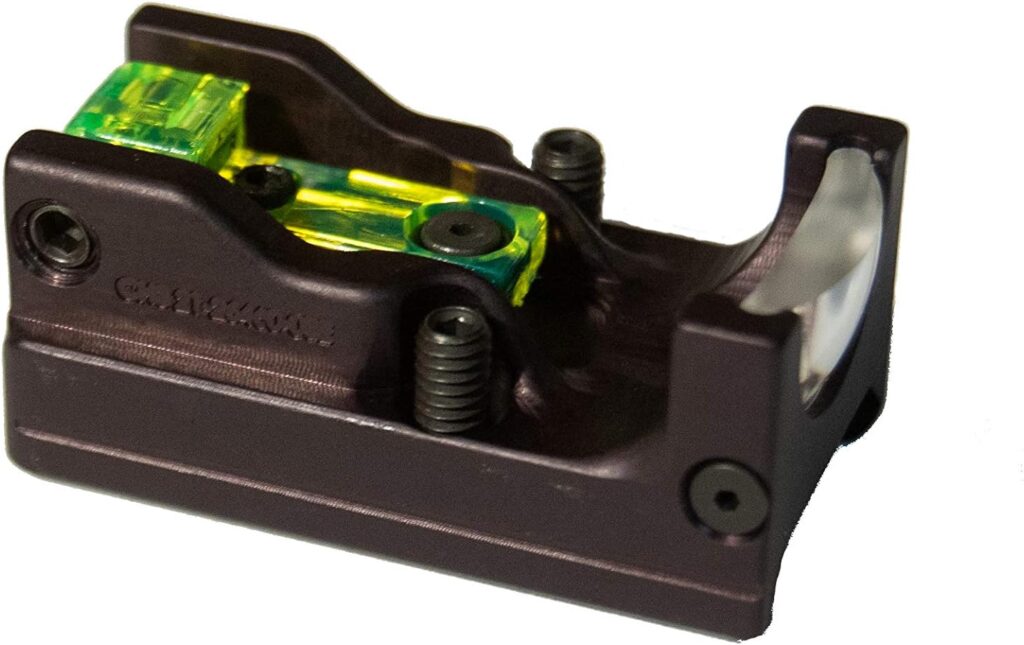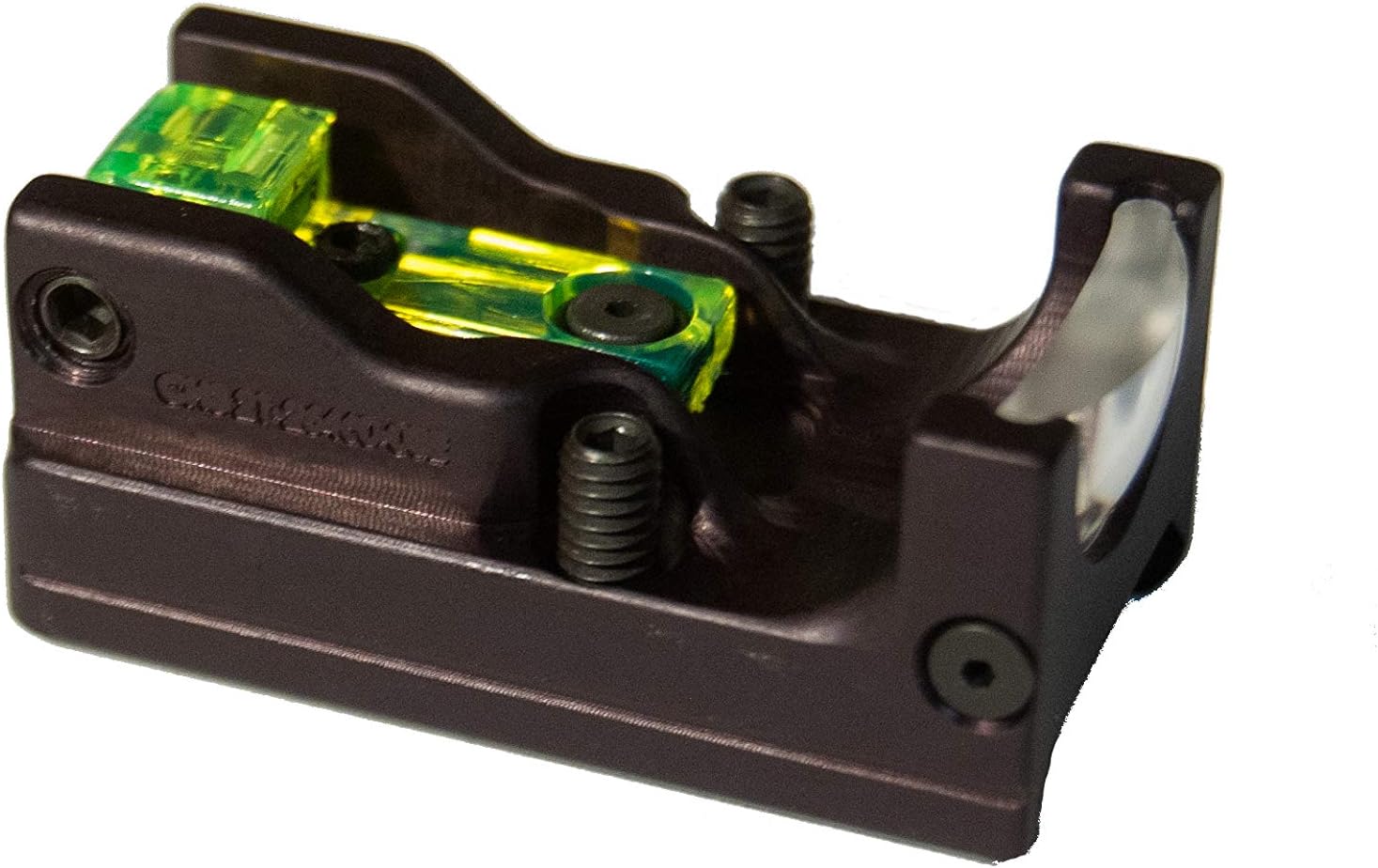
Decoding Gun Sight Rail Types: A Comprehensive Guide for Shooters
In the world of firearms, precision and adaptability are paramount. A crucial component in achieving both is the gun sight rail, a mounting platform that allows shooters to attach various optical devices, such as scopes, red dot sights, and magnifiers. Understanding the different gun sight rail types is essential for selecting the right one for your firearm and shooting needs. This guide will delve into the common gun sight rail types, their characteristics, and their applications.
The Importance of Gun Sight Rails
Gun sight rails provide a standardized interface for attaching accessories to firearms. They offer a secure and repeatable mounting solution, ensuring that your optics remain zeroed even after repeated use or removal and reattachment. The ability to easily swap out or adjust optics enhances a firearm’s versatility, allowing it to be adapted for different shooting scenarios, from close-quarters engagements to long-range precision shooting.
Common Gun Sight Rail Types
Picatinny Rail (MIL-STD-1913)
The Picatinny rail, also known as the MIL-STD-1913 rail, is arguably the most ubiquitous gun sight rail type in use today. Developed by the Picatinny Arsenal, it features a series of transverse slots spaced at regular intervals. These slots allow for the secure attachment of accessories using compatible mounts. The Picatinny rail is known for its robustness, versatility, and widespread adoption across various firearm platforms.
Characteristics:
- Standardized dimensions and spacing
- Robust and durable construction
- Wide compatibility with accessories
- Secure and repeatable mounting
Applications:
- Rifles (AR-15, AR-10, bolt-action rifles)
- Pistols (some models with integrated or aftermarket rails)
- Shotguns (tactical shotguns)
- Various other firearm platforms
Weaver Rail
The Weaver rail predates the Picatinny rail and shares a similar design, featuring transverse slots for accessory attachment. However, Weaver rails have slots that are typically narrower than Picatinny rails, and the spacing between the slots may not be consistent. While many accessories designed for Picatinny rails can also be mounted on Weaver rails, it’s essential to ensure compatibility before attempting to do so. Some older firearms come with Weaver rails, and they are still found on some rimfire rifles and shotguns.
Characteristics:
- Similar to Picatinny rail but with narrower slots
- Slot spacing may not be consistent
- Generally less robust than Picatinny rails
- Still found on some older firearms
Applications:
- Rimfire rifles
- Shotguns
- Older firearms
Dovetail Rail
Dovetail rails are characterized by their trapezoidal shape, which allows for the attachment of accessories using a sliding or clamping mechanism. They are commonly found on airguns, rimfire rifles, and some older firearms. Dovetail rails come in various sizes, with 11mm being a common standard. Mounting accessories on dovetail rails often requires specialized mounts that are specifically designed for the rail’s dimensions.
Characteristics:
- Trapezoidal shape
- Various sizes (11mm is common)
- Requires specialized mounts
- Common on airguns and rimfire rifles
Applications:
- Airguns
- Rimfire rifles
- Older firearms
M-LOK (Modular Lock)
M-LOK is a modular attachment system developed by Magpul Industries. It consists of slots or recesses on the firearm’s handguard or forend, allowing for the direct attachment of accessories using T-nuts and screws. M-LOK is known for its lightweight design, low profile, and secure attachment. It is a popular alternative to Picatinny rails for mounting accessories on modern sporting rifles.
Characteristics:
- Modular design
- Lightweight and low profile
- Direct attachment of accessories
- Secure and robust mounting
Applications:
- Modern sporting rifles (AR-15, AR-10)
- Handguards and forends
- Various other firearm platforms
KeyMod
KeyMod is another modular attachment system that competes with M-LOK. It features keyhole-shaped slots on the firearm’s handguard or forend, allowing for the attachment of accessories using KeyMod nuts and screws. While KeyMod was initially popular, it has largely been superseded by M-LOK in recent years due to M-LOK’s superior performance in independent testing.
Characteristics:
- Modular design
- Keyhole-shaped slots
- Attachment using KeyMod nuts and screws
- Less prevalent than M-LOK
Applications:
- Modern sporting rifles (AR-15, AR-10)
- Handguards and forends
Integrated Rails
Some firearms come with integrated rails that are machined directly into the receiver or handguard. These rails offer a seamless and robust mounting solution, eliminating the need for separate rail sections. Integrated rails are often found on high-end rifles and pistols, providing a rigid and precise platform for attaching optics and accessories.
Characteristics:
- Machined directly into the firearm
- Seamless and robust design
- Rigid and precise mounting
- Often found on high-end firearms
Applications:
- High-end rifles
- High-end pistols
- Firearms designed for precision shooting
Choosing the Right Gun Sight Rail Type
Selecting the appropriate gun sight rail type depends on several factors, including the type of firearm, the intended use, and the desired accessories. Consider the following when making your decision:
- Firearm Type: The type of firearm will often dictate the available rail options. Some firearms come with pre-installed rails, while others may require aftermarket rail sections.
- Intended Use: The intended use of the firearm will influence the type of accessories you need to mount. For example, a rifle used for long-range shooting may require a longer rail to accommodate a larger scope.
- Accessory Compatibility: Ensure that the rail is compatible with the accessories you intend to use. Picatinny rails offer the widest compatibility, while other rail types may require specialized mounts.
- Budget: Rail systems vary in price, with integrated rails typically being the most expensive. Consider your budget when selecting a rail system.
Installation and Maintenance
Proper installation and maintenance are crucial for ensuring the reliable performance of your gun sight rail. Follow the manufacturer’s instructions when installing rail sections or accessories. Regularly inspect the rail for signs of damage or wear, and clean it with a mild solvent to remove dirt and debris. Tighten screws to the recommended torque specifications to prevent loosening or damage.
The Future of Gun Sight Rails
The evolution of gun sight rail types continues, driven by the demand for lighter, more versatile, and more ergonomic mounting solutions. Modular attachment systems like M-LOK are gaining popularity, offering a balance of weight savings, strength, and ease of use. Advancements in materials and manufacturing techniques are also leading to the development of more robust and precise rail systems. As technology advances, we can expect to see further innovation in the design and functionality of gun sight rails.
Understanding the different gun sight rail types is critical for any shooter looking to enhance their firearm’s capabilities. By carefully considering your needs and selecting the appropriate rail system, you can ensure that your optics and accessories are securely and reliably mounted, allowing you to achieve optimal performance in any shooting scenario. [See also: Best AR-15 Scopes] [See also: Red Dot Sight Reviews]
The world of firearms accessories can be complex, but with a solid understanding of gun sight rail types, you’ll be well-equipped to make informed decisions and customize your firearm to meet your specific requirements. Remember to always prioritize safety and consult with a qualified gunsmith if you have any questions or concerns about installation or maintenance. By staying informed and practicing responsible gun ownership, you can enjoy the benefits of a well-equipped and reliable firearm.
In conclusion, the humble gun sight rail is a foundational element in modern shooting. From the ubiquitous Picatinny to the sleek M-LOK, each type offers unique advantages. Knowing these differences and how they apply to your specific firearm and shooting style is key to maximizing performance and accuracy. Choose wisely, maintain diligently, and shoot safely. The right gun sight rail can truly transform your shooting experience.

